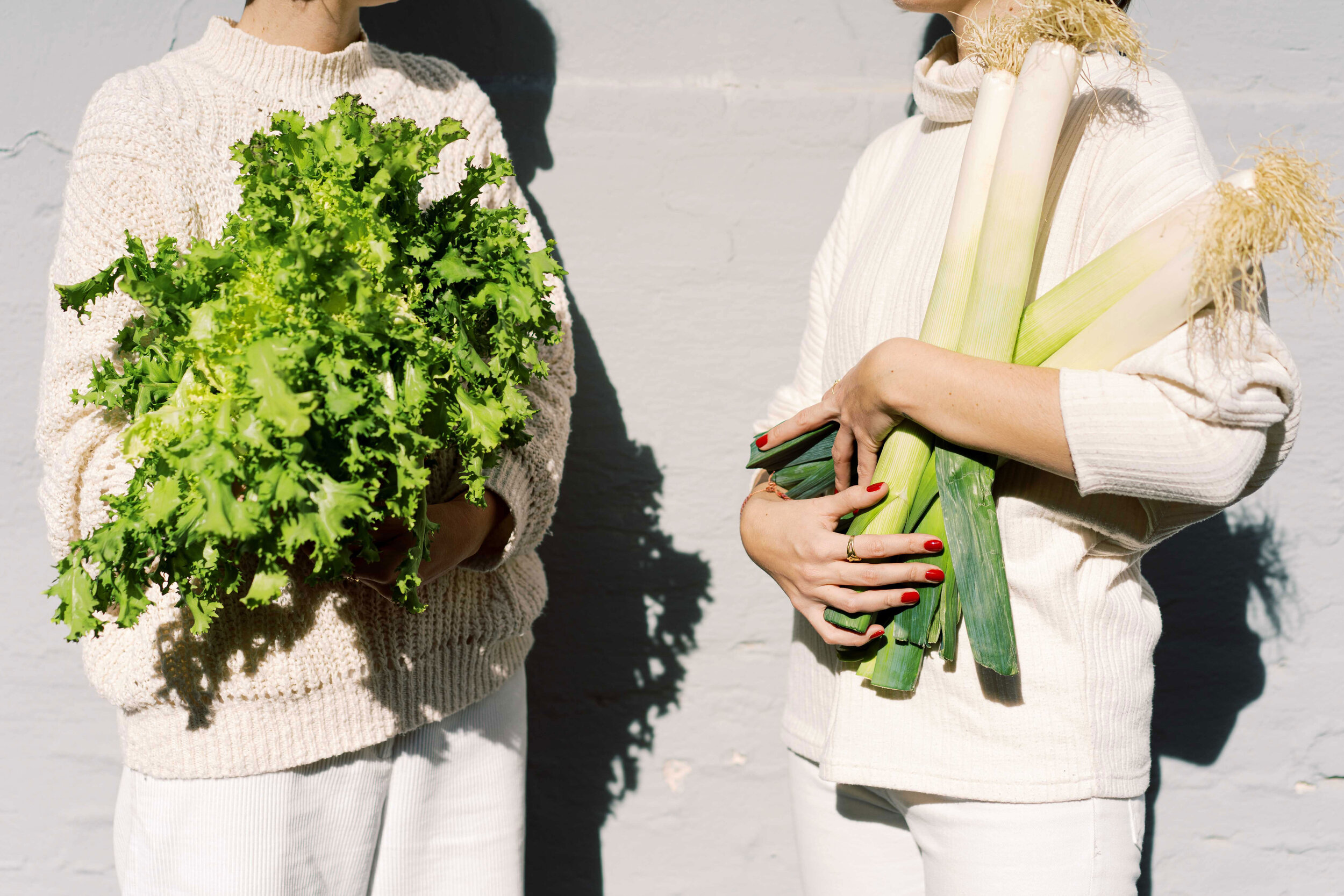How to Compost at Home For Your Health
Composting is a great way to reduce food waste and create nutrient-rich soil that can be used for gardening. Here are some tips for composting at home:
Choose the right location: Find a convenient and well-draining spot in your yard to place your compost bin. The area should receive some sunlight, but not be too exposed to the elements.
Select the right compost bin: There are many types of compost bins available, including plastic, metal, and wooden bins. Choose one that suits your needs and fits in with your landscape.
Add the right ingredients: Composting requires a balance of green and brown materials. Green materials include food scraps, grass clippings, and fresh leaves, while brown materials include dry leaves, branches, and shredded paper. Mix these materials in your compost bin to create the ideal balance.
Maintain the right moisture level: Your compost should be kept moist but not wet. To achieve this, sprinkle some water on the compost pile regularly, or cover it with a tarp if it's raining too much.
Turn the compost regularly: Turning the compost will help distribute the heat and oxygen throughout the pile, which will speed up the composting process.
Monitor the compost's temperature: A healthy compost pile should heat up to around 140-160°F (60-71°C) within a few days of being set up. If the temperature drops below this range, it might mean that the compost needs more green materials.
Use your compost: Once your compost is ready, use it in your garden to nourish your plants and vegetables.
Composting is a great way to reduce food waste and create nutrient-rich soil that can improve the health of your plants, and ultimately, your health. By following these tips, you can start composting at home and reap the benefits of a healthier garden and ecosystem.


